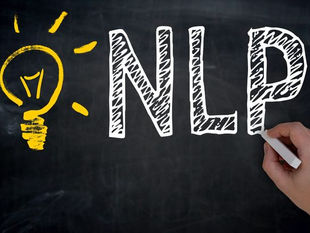
AI and Creativity: Can Machines Truly Create Art?
Sep 25, 2024
3 min read
0
32
0

The intersection of artificial intelligence (AI) and creativity has sparked intense debates among artists, technologists, and philosophers alike. As AI tools become increasingly sophisticated, they raise an intriguing question: Can machines truly create art, or are they merely emulating human creativity? In this blog, we’ll explore the capabilities of AI in the artistic realm, examine its implications, and consider what this means for the future of creativity.
Understanding AI in Art
AI has made significant strides in recent years, with algorithms capable of generating music, visual art, and even poetry. Tools like OpenAI's DALL-E can create stunning images from textual descriptions, while algorithms such as DeepArt transform photos into artworks inspired by famous styles. These innovations challenge our traditional understanding of creativity, prompting us to ask: what constitutes "true" art?
The Mechanics Behind AI Creativity
At the core of AI-generated art is machine learning, particularly neural networks. These systems analyze vast datasets to identify patterns, styles, and structures inherent in creative works. By training on diverse examples, AI can mimic artistic techniques and generate new pieces that resonate with human aesthetics.
For instance, the Generative Adversarial Network (GAN) is a popular architecture used to create visual art. It consists of two neural networks—the generator and the discriminator—competing against each other. The generator creates images, while the discriminator evaluates their authenticity, leading to increasingly refined outputs.
Can Machines Be Creative?
To determine whether AI can truly create art, we must first define creativity. Traditionally, creativity is seen as the ability to produce something novel and valuable. While AI can generate new combinations and variations of existing styles, it lacks the human experience, emotional depth, and intent that often drive artistic expression.
1. Originality vs. Inspiration: AI-generated art often relies on existing works for inspiration. Critics argue that without the capacity for personal experiences or emotions, AI can’t produce art that carries genuine meaning. However, proponents suggest that this mimicry can still lead to innovative outcomes, much like how human artists draw from past influences.
2. Intent and Emotion: One of the hallmarks of human creativity is the intention behind a piece. Artists often imbue their work with personal narratives and emotional resonance. While AI can analyze and replicate emotional cues, it doesn’t possess feelings or intentions of its own.
3. Collaboration: Many artists are beginning to view AI as a collaborative tool rather than a replacement. By integrating AI into their creative process, artists can push the boundaries of their work, exploring new ideas and forms that they might not have conceived independently.
The Impact on the Art World
AI's presence in the art world has sparked both excitement and controversy. On one hand, it democratizes art creation, enabling individuals without traditional artistic training to produce compelling works. On the other hand, concerns about authenticity and the value of human-made art have emerged.
1. New Opportunities: AI tools offer artists new mediums and methods for expression. From interactive installations to algorithmic music compositions, the possibilities are vast. This fusion of technology and creativity could lead to entirely new art forms.
2. Ownership and Attribution: As AI-generated works become more prevalent, questions arise about ownership. Who holds the rights to an artwork created by an AI? Is it the programmer, the user, or the AI itself? These legal and ethical dilemmas are still being navigated in the art community.
3. Evolving Definitions of Art: The rise of AI challenges our traditional definitions of art. As machines produce increasingly sophisticated works, we must reconsider what it means to be an artist and what constitutes artistic value.
.png)





